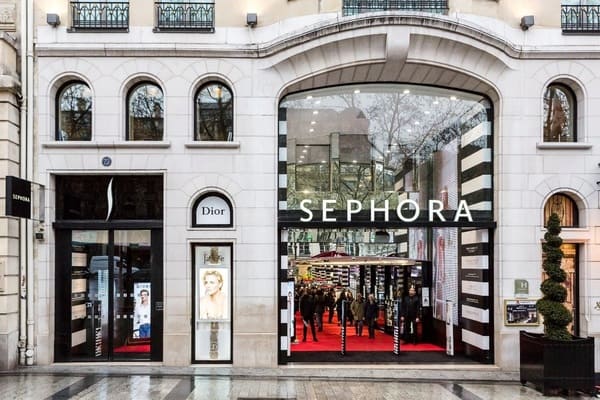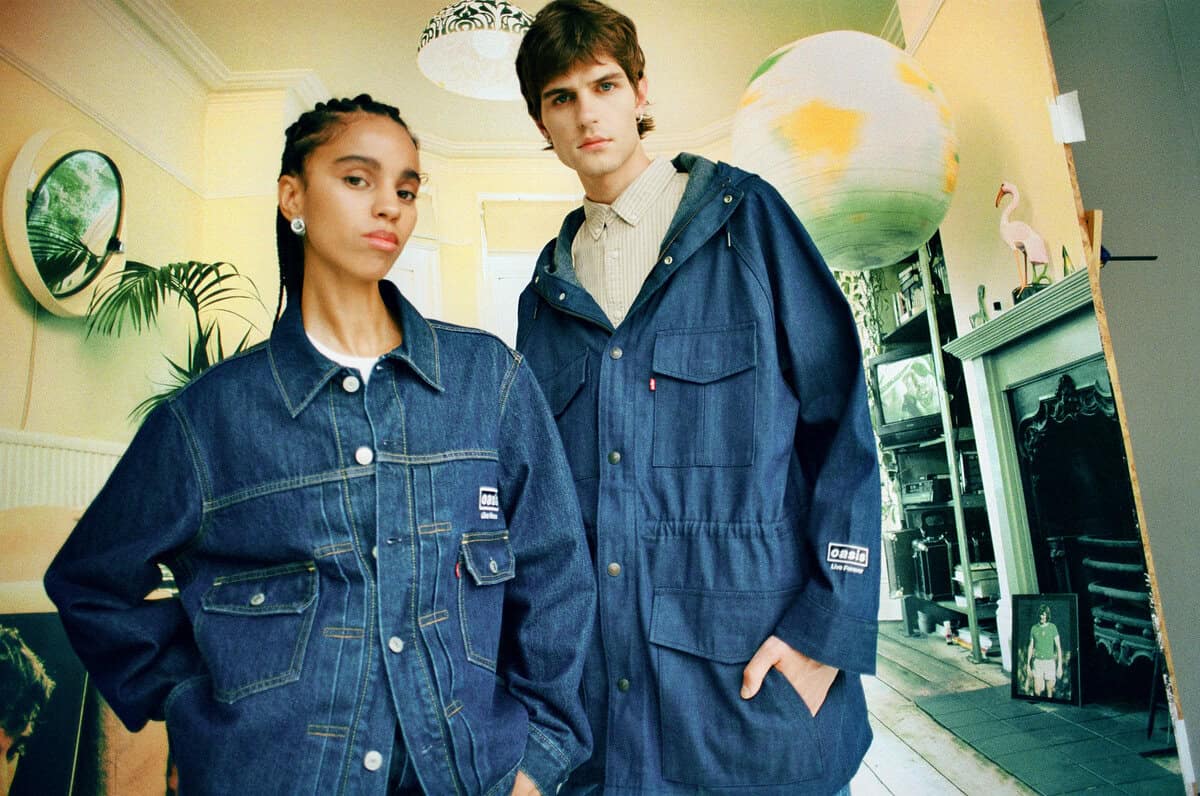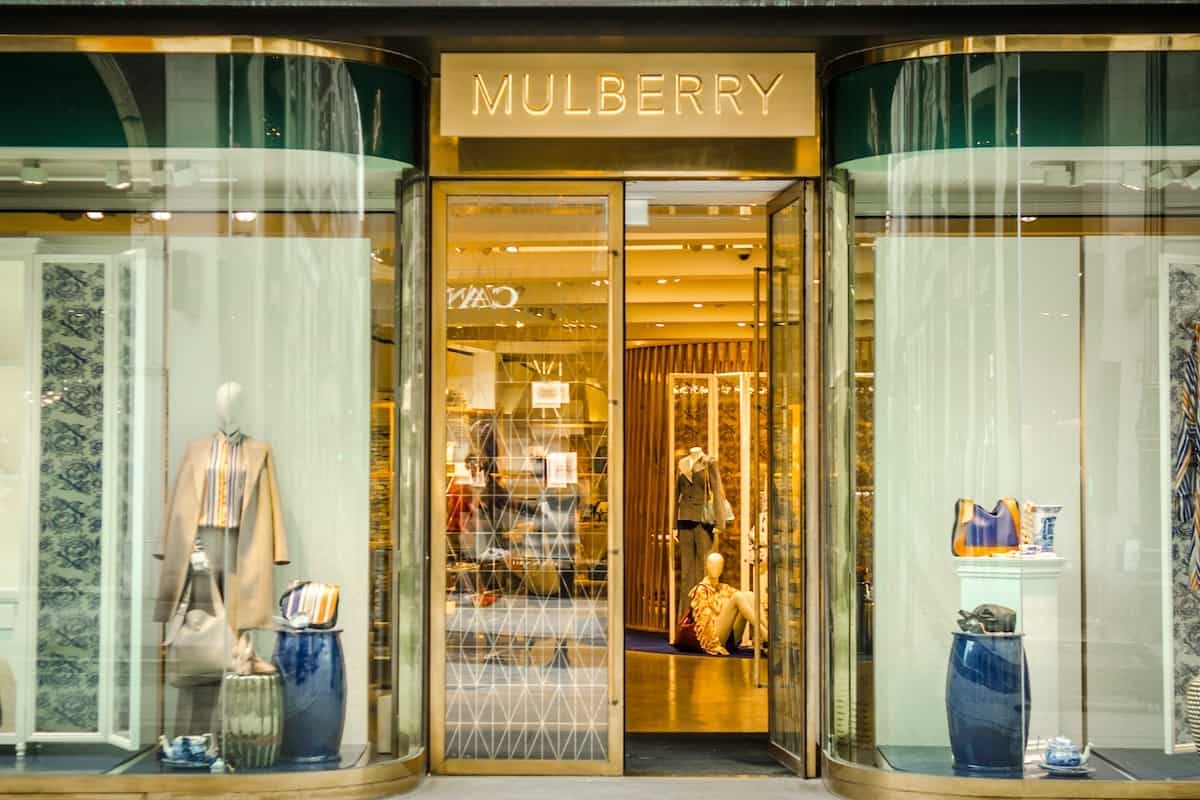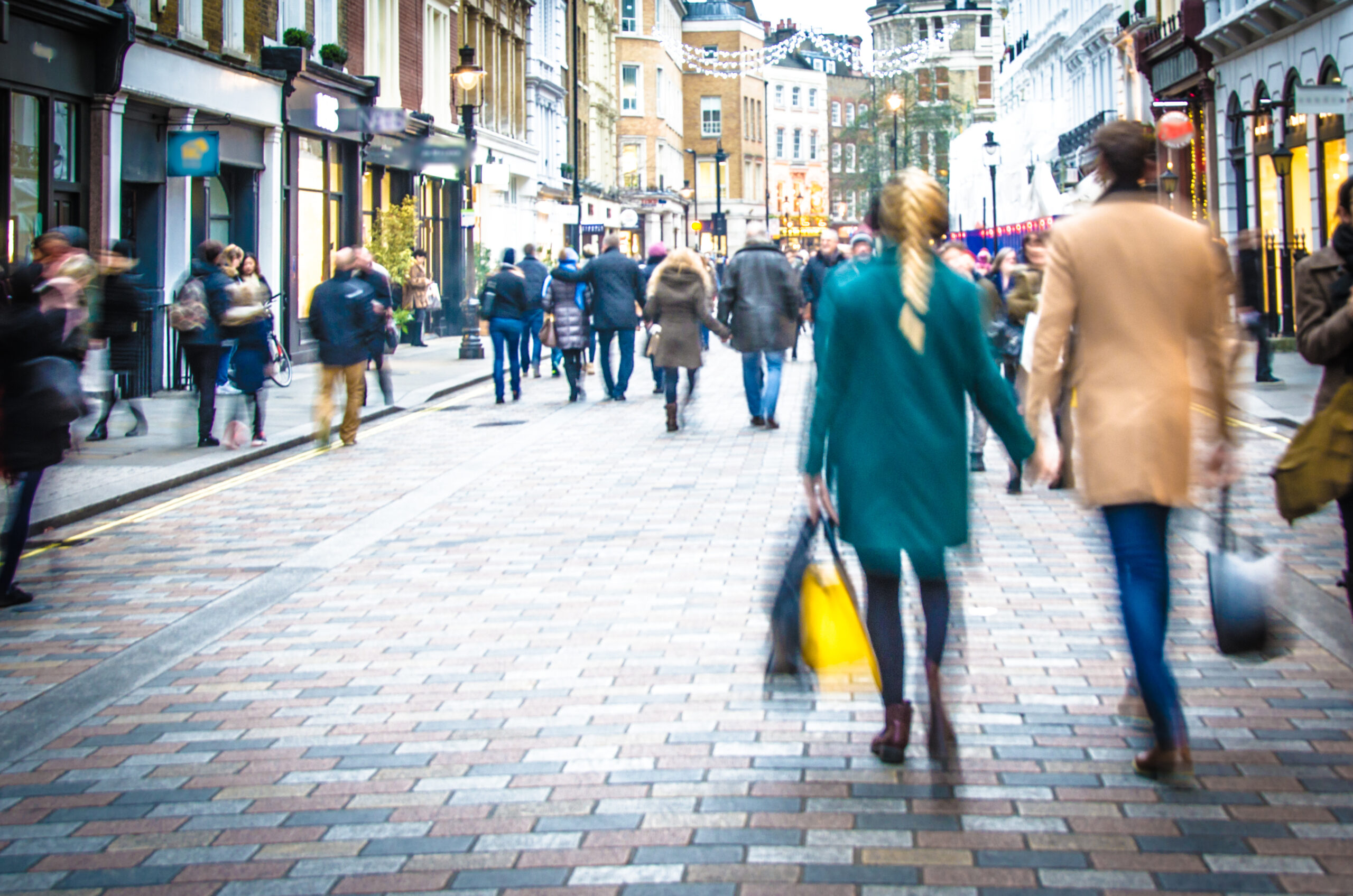Sephora recently announced it had agreed to buy UK beauty website and marketplace Feelunique. Here, taken from this year’s RetailX Europe Brand Index, is our case study that examines how Sephora trades from a practical, multichannel point of view. There’s also an update on how it traded in the first half of its financial year.
Sephora prides itself on selling its range of thousands of beauty products to a community of millions at anytime, anywhere and via any device. In practice, this means operating a growing store network in more than 30 markets around the world, as well as trading online through mobile apps and social media networks. Over the last year, Sephora has developed its multichannel strategy further than ever, as a reaction to many of its thousands of shops around the world closing during Covid-19 lockdowns.
When these stores were off-limits, its customers bought online instead, with the retailer developing new multichannel services including click and collect and live shopping. Currently, shoppers in its home French market can collect their online purchases for free within two hours, opt for free home delivery on orders over €60, or arrange fast courier delivery at a nominated time. Returns are free.
Ecommerce sales reached “historic levels in all markets” in 2020, says its owner LMVH. Overall revenues in its Selective Retailing division, which includes Sephora, fell by 30% to €10.2bn (£8.8bn) and it reported losses from recurring operations of €203m (£175m).
Sephora says its mission is to give beauty fans the freedom to touch and test a wide range of products, enabling its customers to experiment and learn. Its range includes more than 78,000 lines from 250 brands. Its ATAWA (anytime, anywhere and on any device) strategy is intended to make it fully accessible to digital shoppers. Sephora stores feature digital tools ranging from giant screens to in-store mobile apps, which it says foster emotional bonds with its customers. Customers who download the app – available on Android and iOS – can get see new products first, receive exclusive offers and find their nearest store.
Online customers can also buy direct from Sephora’s social media presence. Its 20m Instagram followers, for instance, can buy products from more than 80 brands straight from their social feeds.
When this partnership was announced in the summer of 2020, Carolyn Bojanowski, SVP and GM of ecommerce at Sephora, said, “Our clients engage with social media in so many ways, like drawing inspiration from the community, getting tips from experts or learning about new beauty trends, so we’re always looking for new ways to enhance that beauty journey. We’re excited to deliver Instagram checkout – a new seamless, direct and secure way to shop across our brands’ accounts while still getting the perks of being a Sephora client.”
Sephora was founded in 1969 and the French beauty house’s flagship store opened on Paris’ Champs Elysées in 1985. It now has 2,600 shops in 35 countries, including 1,000 that were opened in 12 new markets between 2011 and 2020.
More recently, the brand has struck a partnership with New York department store Kohl’s to sell more than 125 beauty brands both online and through 230m2 store-in-stores within 200 branches of the store. This number will rise to 850 by 2023.
This case study first appeared in the RetailX Europe Brand Index 2021. Explore the report further by downloading it here.









